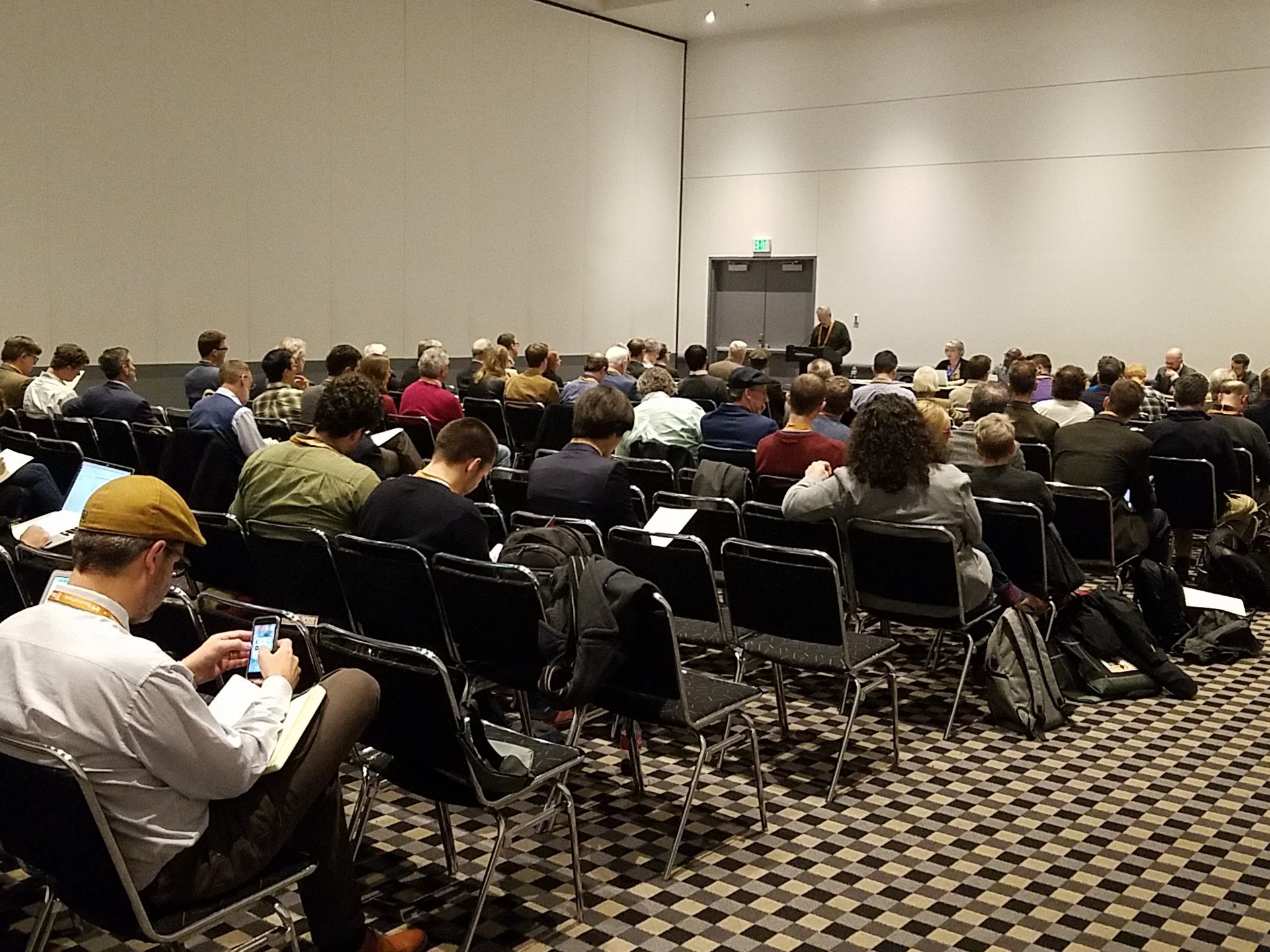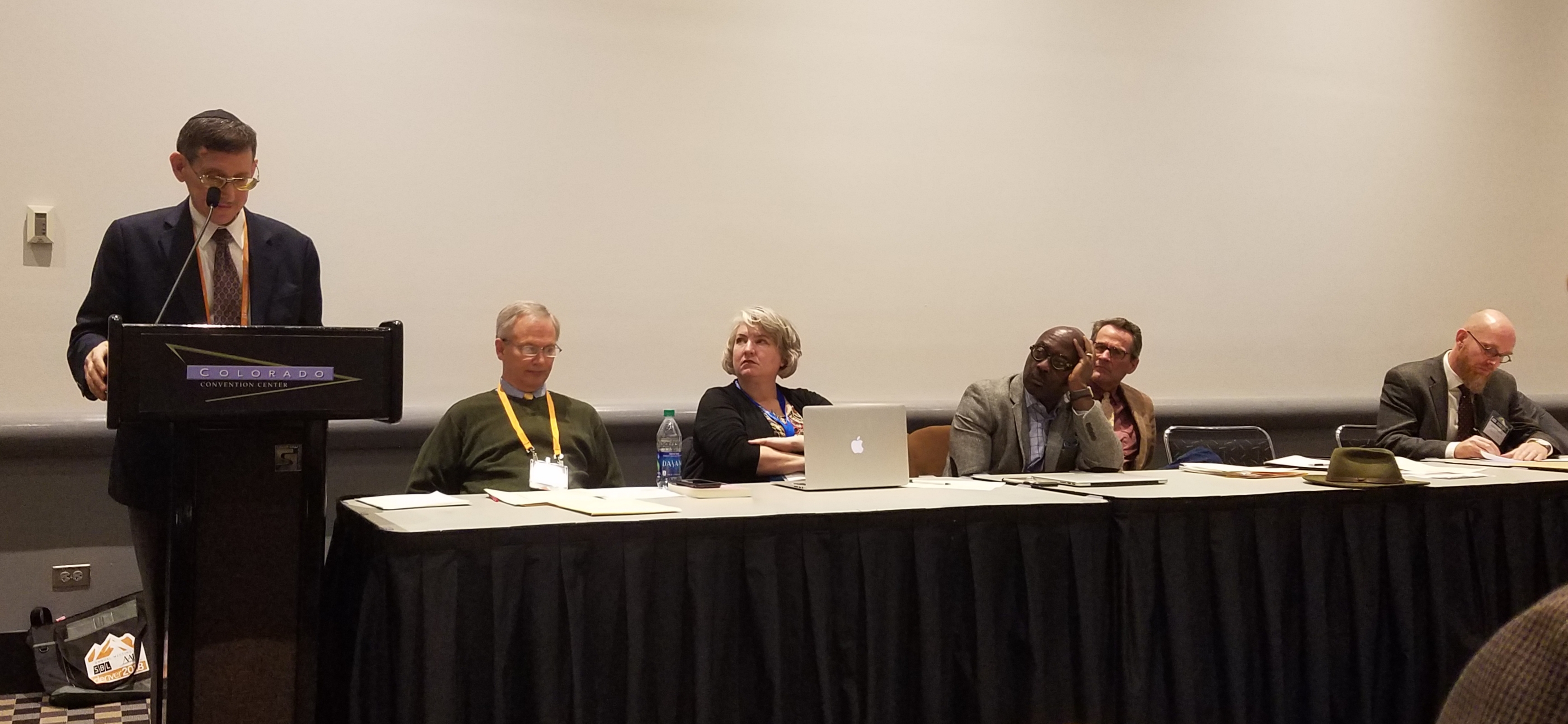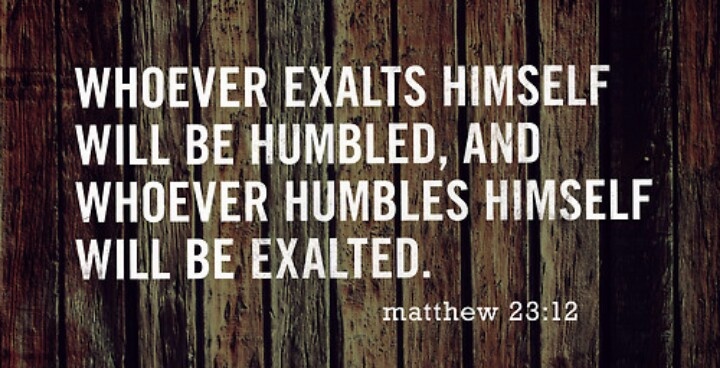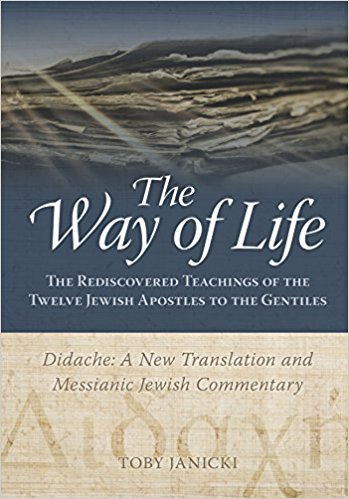OK. I am excited. We are over 200 downloads already on the On Messianic Judaism podcast, and I have just uploaded the fifth episode which is: The Making of Messiah: Stories of His Youth. You may listen to it here, or you may read the text below.
Messiah in the Making: Stories of His Youth
Intro
Welcome to the On Messianic Judaism Podcast. Hi, this is Daniel Nessim and today we’ll continue our series on the History of the Messianic movement by examining what the Jewish world was like in the year of Yeshua’s birth and in his youth. This is episode 5 in our series, A Messiah in the Making: Stories of His Youth.
Introduction
If the history of Messianic Judaism is based on the Messiahship of Yeshua, what do the records we have tell us about him?
Some things are pretty evident. There is his birth in Bethlehem, the royal city of David. As the Gospels attest, shepherds were given an angelic announcement of His birth. They were in fields near Bethlehem,[1] which would have been fields that King David would have grazed his sheep in a thousand years before. The connection to King David, who was a shepherd and shepherded in those very hills is far from coincidental.[2]
Yeshua was circumcised on the eight day as any Jewish boy would have been.[3] In addition, his religious parents were careful to take him to the Temple for the rite of pidyon haben, the dedication of the first-born.[4] In the Temple the young couple ran into a seemingly random man, Simeon, who is described as “just and devout.” Clearly people knew about him. He describes Yeshua as “’A light for revelation to the nations’ and the glory of Your people Israel.”[5] Then they encountered Hannah, a prophetess, who began “speaking about the Child to all those waiting for the redemption of Jerusalem.”[6]
There is his very early childhood, when he was a toddler, in Egypt. The main center for the Jewish community of Egypt was in Alexandria, on the shores of the Mediterranean Sea with the world’s largest library. Alexandria had a large and established Jewish population that had been there for centuries. We don’t know for certain but it would make sense that Joseph and Miriam, who were running for their lives from Herod would seek to into a large population center like that, and become not only hard to find, but hard to touch.
Alexandria was a center for Greek learning and also for Jewish learning, particularly in the Greek language. It is there that the Septuagint. The first translation of the Hebrew Bible into another language that we know of, was translated into Greek. Legend has it that 72 elders were placed into 72 different rooms and commanded to translate the Hebrew Bible into Greek. When they emerged from their rooms, lo and behold, all their translations were identical word for word! This was the home of Philo, the great Jewish philosopher who wrote in the Greek language. He had been born 14 or 15 years before, so was a young man when Joseph and Miriam were in Egypt with their young son.
From there the Gospels tell us that the young family moved to Nazareth. Nazareth is a very small town, too small to be mentioned in the Hebrew Bible or the Talmud. With just a few dozen families and an agricultural base, it is no surprise that people would later say “can anything good come out of Nazareth?”[7] Once again, for a family wanting to fly below the radar and not attract unwelcome attention, the retreat to a tiny hamlet no one had heard of was a wise choice. There, his father Joseph worked as a carpenter. In those days, being a carpenter did not usually mean that you were a furniture maker, but that you were in the construction business. How curious then, that the famous Hillel was a woodcutter, and Joseph was a carpenter, though! While Hillel was long out of the wood business when Yeshua was a child, there is a connection!
In His development as Messiah, the historical record doesn’t shed light on the questions that theologians have. Was his messianic awareness something that was innate within him, or did he come to it gradually?
In addition, people joke that every Jewish mother thinks her son is the Messiah. Did his mother tell him she believed he would be? Did he know about the circumstances surrounding his birth? What did his siblings think of him? And what was his religious training in the little hamlet of Nazareth?
What we do know is that Yeshua’s parents were religious. There are the records of their visit to the Temple at his birth, but also records of their going to Jerusalem for Passover. This is something they did every year, which marks them out as particularly devout.[8] It is reasonable to suppose that they participated in Synagogue life, and reasonable to suppose that Yeshua also learned what He could there. Further, we might suspect that Yeshua would have had a teacher. Rabban Gamliel I (the grandson of Hillel) said “Provide yourself with a teacher and free yourself of doubt.”[9] In other words, in order to know the Torah and how one should live one’s life, one needs a guide, a reliable teacher. Rabban Gamliel was alive during Yeshua’s life and was a leading teacher in Jerusalem and member of the Sanhedrin. He was one of the greatest teachers in Jewish history, so his good advice may well have been the accepted advice, the best advice. It would have been entirely unsurprising for Yeshua to do what Gamliel said. Further, Gamliel was known in the Galil, where Yeshua grew up. Two out of his three legal letters he sent out regarding tithing were sent to the Galil and the “south”.[10]
Religious training in Yeshua’s day could happen in one’s home.[11] It also naturally occurred through hearing the Torah read in Synagogue.[12] For centuries, it seems, education could be purchased, as Ben Sira advised.[13] Avot 5.25 quotes Yehuda the son of Tema: “at five years [the age is reached] for [the study of] the Scriptures, at ten for [the study of] the Mishna, at thirteen for the Mitzvoth, at fifteen for [the study of] the Gemara.”[14] While in Yeshua’s day the Mishna was not written down, but was transmitted by mouth, one gets the basic idea. Jewish education traditionally began with study the Scripture and then moved to more complex material.
This brings us to the fascinating occasion when at the age of twelve, Yeshua meets leading teachers in Jerusalem. There could have been many stories to tell, but why a story from when he was twelve, traditionally in training for his bar mitzvah? Also, why in Jerusalem? And who were these teachers?
At the age of twelve, Yeshua would have been preparing for a more adult role in Synagogue life, and for more advanced teaching. Perhaps when the city was beginning to empty of its pilgrims after Pesach Yeshua had the freedom and opportunity to sit at the teachers feet. Regardless, the fact that he was there, and his parents weren’t accustomed to him being there, because it took them three days to find him there, shows his thirst for knowledge. This gives us insight into his personality and leanings, of course.
Who were his teachers? As we’ve already seen in this series, Hillel, Shammai, and Gamliel were all alive and teaching at this time. Hillel and Shammai were the last of the Zugot, a pair of teachers who preceded the age of the Tannaim. In their day they were lauded and revered teachers, but people would not have known how their names would be recorded in the Mishna a few centuries later, and then in the Talmud, as the greatest teachers of all time, so it is not surprising that their names were not “dropped” in Luke’s story. Was it in one of their schools? It is a reasonable possibility that the rabbis who were teaching, if not one of these elders, were among their disciples or other leading teachers of Jerusalem.
In those days pupils would stay at a rabbis home, and perhaps somebody saw this young man’s leanings and took him in, which may be part of the reason he was so hard to find. Clearly, the scholars were taken with him, both by his questions and his insights. They would have been interested in such a bright young man and in training him in the Torah.
Of course, we can laugh, as an aside, at the Jewish guilt trip Miriam and Joseph gave him when they found him: “Son! Why have you done this to us?”[15] This is also, interestingly, the last time we hear of his stepfather Joseph. The story climaxes with the young Yeshua saying “I must be about my father’s business.”[16] This seems to be the final dismissal of Joseph from the narrative! There is a lot of theological import to that statement, but as I am telling the history of Messianic Judaism, I can’t help but note that the whole episode also includes a lot of historical information. A lot of that information would have been obvious to the first century Jewish reader. All that we are told is that his mother Miriam treasured the memory of this event in her heart.
The historical narrative of Luke continues to assure us of Yeshua’s character. He returned with them to Nazareth “and was obedient to them.”[17] In other words, Luke is not trying to portray Yeshua in this story as a disrespectful or disobedient child. We can assume that he had not intended to alarm his parents, but had just made some unwise choices.
The clue that we have about this is the cryptic comment of Luke that “Yeshua grew both in wisdom and in stature, gaining favor both with other people and with G-d.”[18] It is the statement that he grew both intellectually and physically, and also the implicit acknowledgement that as with any child, he was not born wise. Further, in gaining favor with people, there is a hint that he was well liked, and possibly even popular as he grew up.
One more thing about Yeshua’s childhood. We know that He had both brothers and sisters. Matthew tells us four of their names: Jacob, Joseph, Simon, and Judah.[19] Epiphanius’ names the sisters as Miriam and Salome.[20] We also know that he continued to live with both parents, so while Joseph drops out of the narrative, he is at least alive during Yeshua’s youth.
I hope that I have shown how thoroughly normal Yeshua’s upbringing was in his Jewish world, and also how thoroughly distinctive He was as a young man. It is in these early years of his life that the movement really begins.
He has his mother who remembers the pronouncement of the Angels upon her, at his birth, his upbringing in a secluded village, again his first interaction with the great rabbis of Israel, at the juncture between the generations of the Zugot and the Tannaim, the great first generation of Mishnaic scholars. Again, Miriam keeps the memory of this in her heart. And then we are told that Yeshua grew in favor with G-d and men, building that reputation and respect that would lead to the next phase in the history of Messianic Judaism to be recounted in our next episode.
Outro
Thank you for joining us and listening to our podcast.
Do me a favour. Take a minute to like this podcast and leave a positive review wherever you are listening to it. Support our podcast by going to onmessianicjudaism.com. My email address is daniel@nessim.org and I’m looking forward to your feedback. I am Dr Daniel Nessim, and this is On Messianic Judaism.
References
Hirsch, Samson Raphael. Chapters of the Fathers: Translation and Commentary. Translated by Gertrude Hirschler. 2nd. ed. Jerusalem, 1989.
[1] Luke 2:1–15.
[2] 1 Sam 16:1–13.
[3] Gen 17:1–14 and Luke 2:21.
[4] Exod 13:2 and Luke 2:22.
[5] Luke 2:25, 32.
[6] Luke 2:38.
[7] John 1:45–46.
[8] Luke 2:41.
[9] Avot 1.16.
[10] b. Sanh. 11b.
[11] P. Avot 1.4.
[12] Luke 4:16.
[13] Sir. 51:28–30. Yeshua ben Sira wrote about 175 BCE. The NRSV following the Syriac version translates this to say not that education would cost, but that it would be a means to acquire “silver and gold.”
[14] Abot 5.25. Samson Raphael Hirsch, Chapters of the Fathers: Translation and Commentary, trans. Gertrude Hirschler, 2nd. ed. (Jerusalem, 1989), 95.
[15] “Son! Why have you done this to us? Your father and I have been terribly worried looking for you!” Luke 2:48.
[16] Luke 2:49.
[17] Luke 2:51.
[18] Luke 2:52.
[19] Matt 13:55; Mark 6:3.
[20] Epiphanius, Panarion 78.8-9.
Filed under: Messianic Judaism | Comments Off on The Making of Messiah



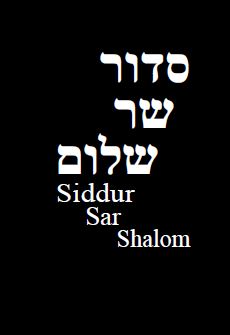
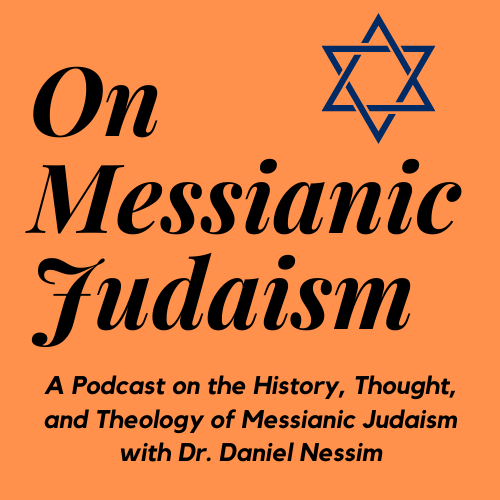 I’m really excited, and somewhat nervous, to announce my new Podcast, called On Messianic Judaism. Search for it wherever you listen to podcasts. It is a series of relatively short discussions of Messianic Jewish history in the main, with a smattering of interviews and theological and philosophical episodes.
I’m really excited, and somewhat nervous, to announce my new Podcast, called On Messianic Judaism. Search for it wherever you listen to podcasts. It is a series of relatively short discussions of Messianic Jewish history in the main, with a smattering of interviews and theological and philosophical episodes. 


